Thursday marked the single-day record for COVID-19 cases in Los Angeles County, with 7,713 new cases, pushing the total number over 420,000 cases. Governor Gavin Newsom has already released new guidelines for a second wave of lockdowns, as the hospitalizations and new cases spike into the Winter flu season.
Cases are up nationwide, and the second wave is expected to be just as widespread as the first one, unless federal, state and local governments can pull resources together to support small businesses and provide stability to anyone who was affected by COVID-19. We know more than what we did at the beginning of this year, but we have to use what we learned to make sure it doesn’t happen again.
The second stay-at-home order becomes effective when the Southern California region, which includes L.A. County, falls under 15% ICU capacity.
As of December 3, the region is at 20.6%. A pair of vaccines are rapidly moving through development, possibly becoming available in late December.
When the pandemic first began, little was known about how it spread and what factors might make people vulnerable. The late response by the Trump administration put the country behind in dealing with this pandemic, and it is still being felt to this day. No testing was readily available for the general population, there was little to no tracking done to see how the virus was spreading and how to stop it.
With more data and testing available, we now know that 60% of new infections in the United States are now in people under the age of 50. Those between the ages 18-65 and children have a lower chance of dying from the coronavirus, but can still spread it without knowing. Soon it was clear that people who were over the age of 80 or those with underlying conditions such as diabetes or obesity, had a higher risk of dying from COVID-19.
We also learned that COVID-19 most often spreads through tiny particles suspended in the air and one can become infected if those particles are breathed in. A recent CDC study supports the effectiveness of wearing a mask, and combined with avoiding indoor or crowded areas such as bars and restaurants, and washing their hands to reduce the risk of contracting the virus, these measures can help stop the spread.
This is vital information to know because it allows local and federal governments to take steps to protect those who are most vulnerable through preventative measures, preventing hospitals from being overrun and avoiding unnecessary deaths.
276,000 Americans have already died from COVID-19, and if the federal government wants to prevent more, they have to make a deal to end the bipartisan gridlock that keeps people from getting the relief they need. In the 10 months of restrictions put on Americans to reduce the spread of COVID-19, Congress has passed but one relief bill with one crumb size stimulus check.
There are essential workers and others who can’t afford to stay home for a lockdown without steady income. The government has an absolute obligation in ensuring that people can stay in their homes, with food to eat and money for expenses during the pandemic.
Proposals for the second wave of Coronavirus relief do not include checks, and when a $908 billion package was introduced, Senate majority leader Mitch McConnell rejected it and presented one only half the size.
Going to work and making essential trips to the grocery stores or pharmacies are appropriate and should always be done with proper caution. However, some have given up on trying to stay home or maintain social distance altogether.
This Thanksgiving weekend saw over three million travelers at airports, and with the recent record-breaking surge in cases all over the country, it is clear that this is going to be devastating in the upcoming weeks for hospitals and families who will be affected. With the holiday season here, people should put off those large gatherings until next year and instead celebrate in their own homes.
Christmas shopping will also be affected this year, with the new stay-at-home order limiting retail shops to a 20% capacity limit. It is best to do any Christmas shopping online to avoid waiting in crowded lines, and if you are going to visit any shops, remember to always wear a mask, and follow social distancing protocols.
Now that we know better, it’s important that we do better. For this second wave, it’s critically important that people practice preventative measures and keep the spread and hospitalizations down. A vaccination is coming, but with high demand and first responders and healthcare workers first on the list, we could be waiting for an untold amount of time for universal access.
When people and their families have the security they need to stay afloat in this economic crash, staying home will become a viable option, helping everyone in limiting the spread and returning to normalcy.
Wearing a mask works, and could protect everyone you might encounter on a daily basis, so wear it. Caring for one another doesn’t stop there, however, since we absolutely need the support from our government to protect small businesses and people who are enduring food, health care or housing insecurity.
If everyone does their part, we will prevail from this second wave and get out of this crisis together.



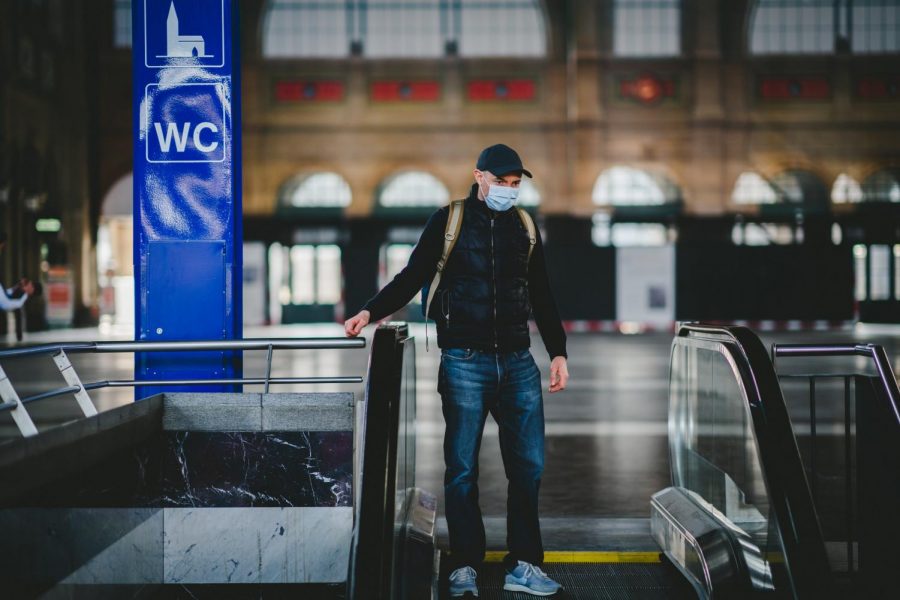





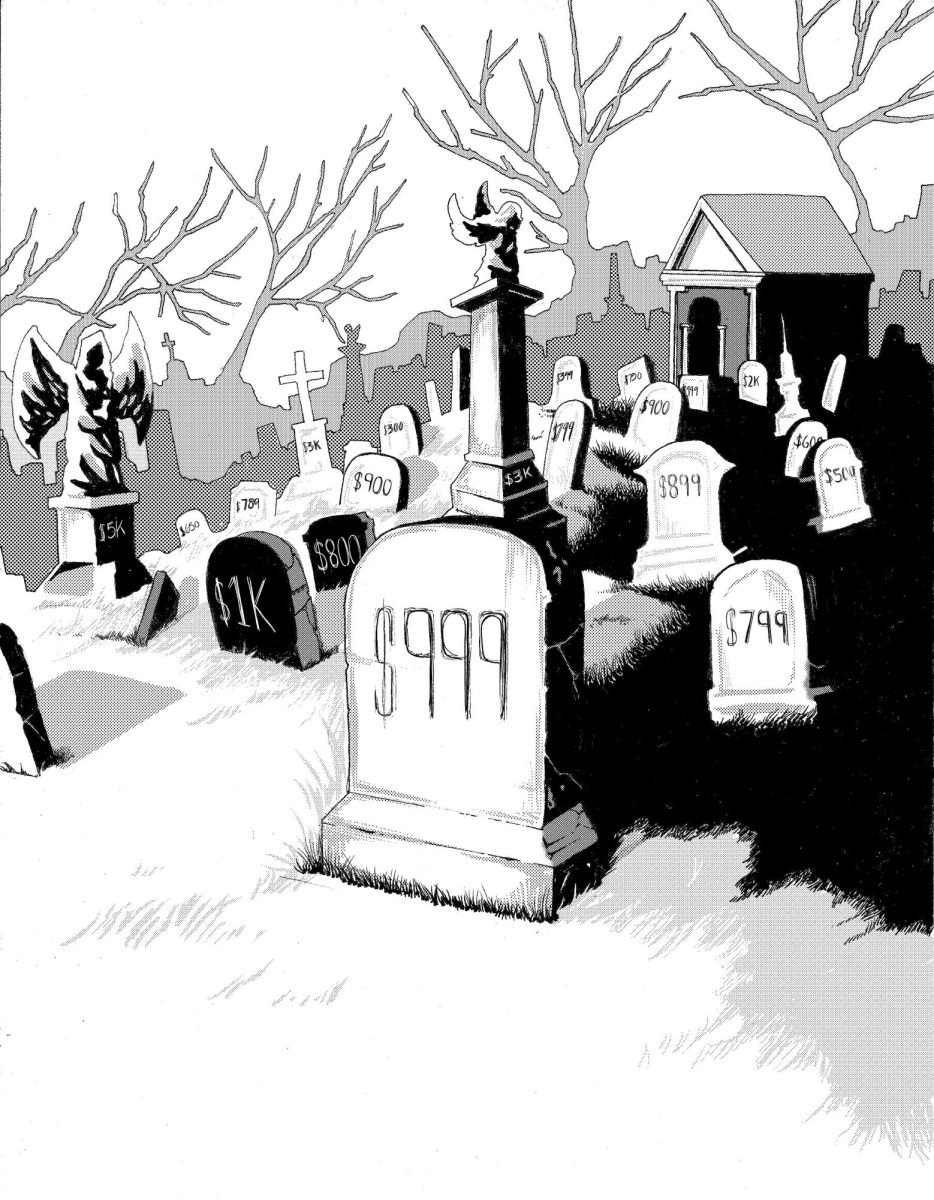
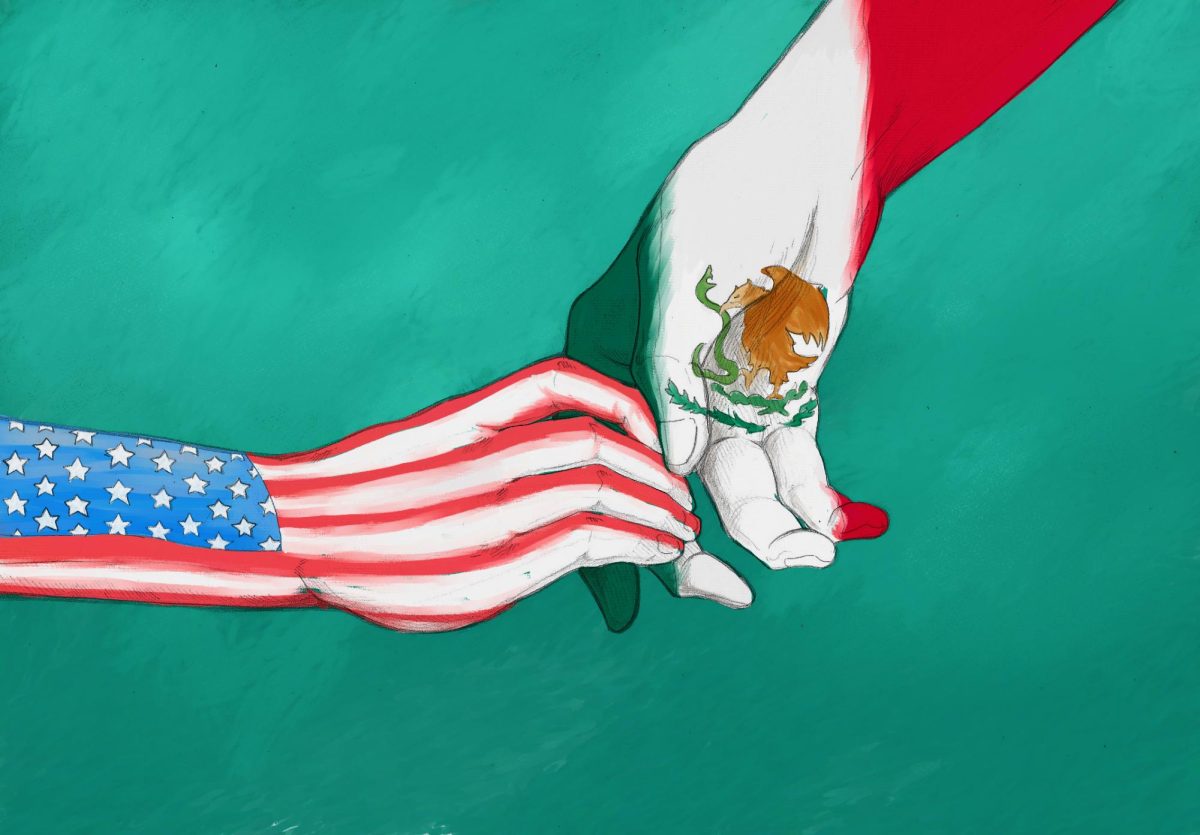
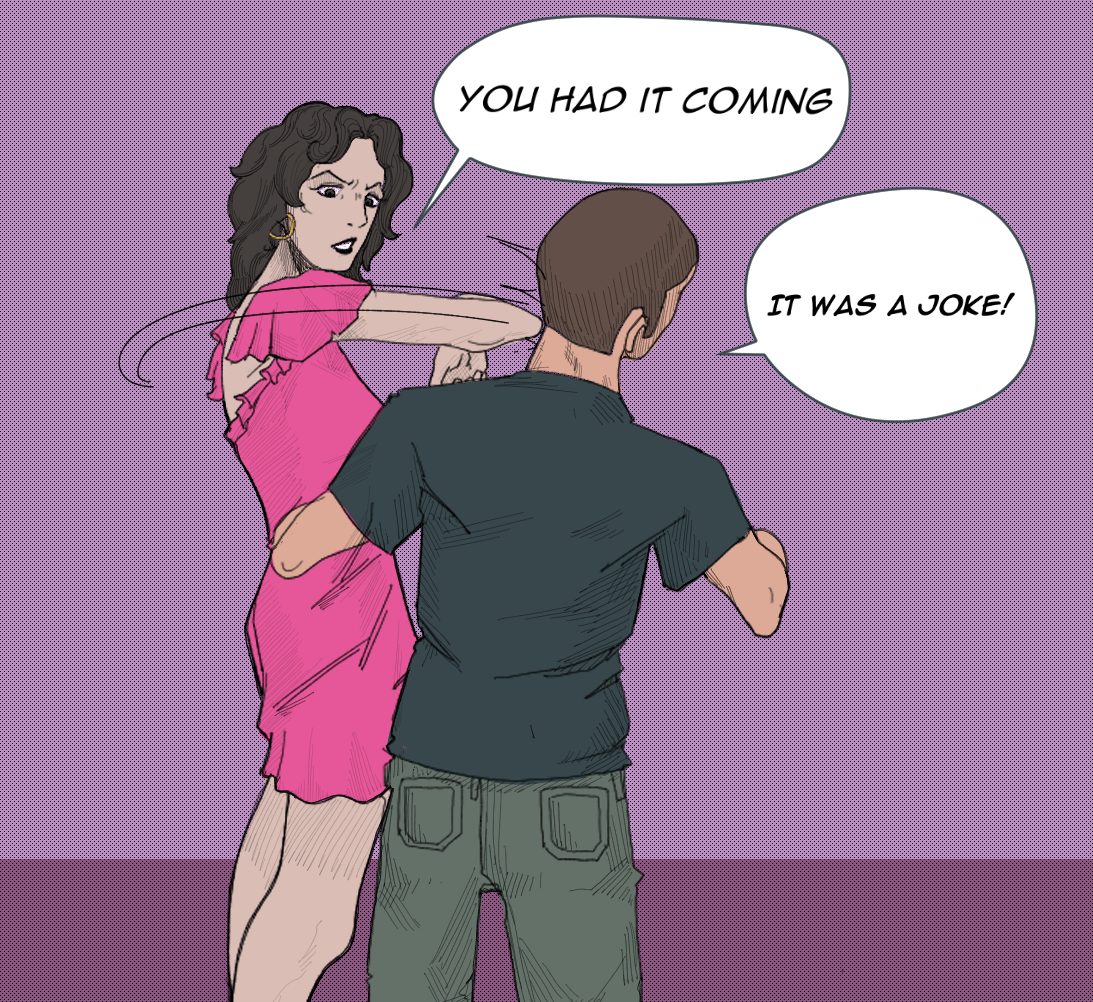




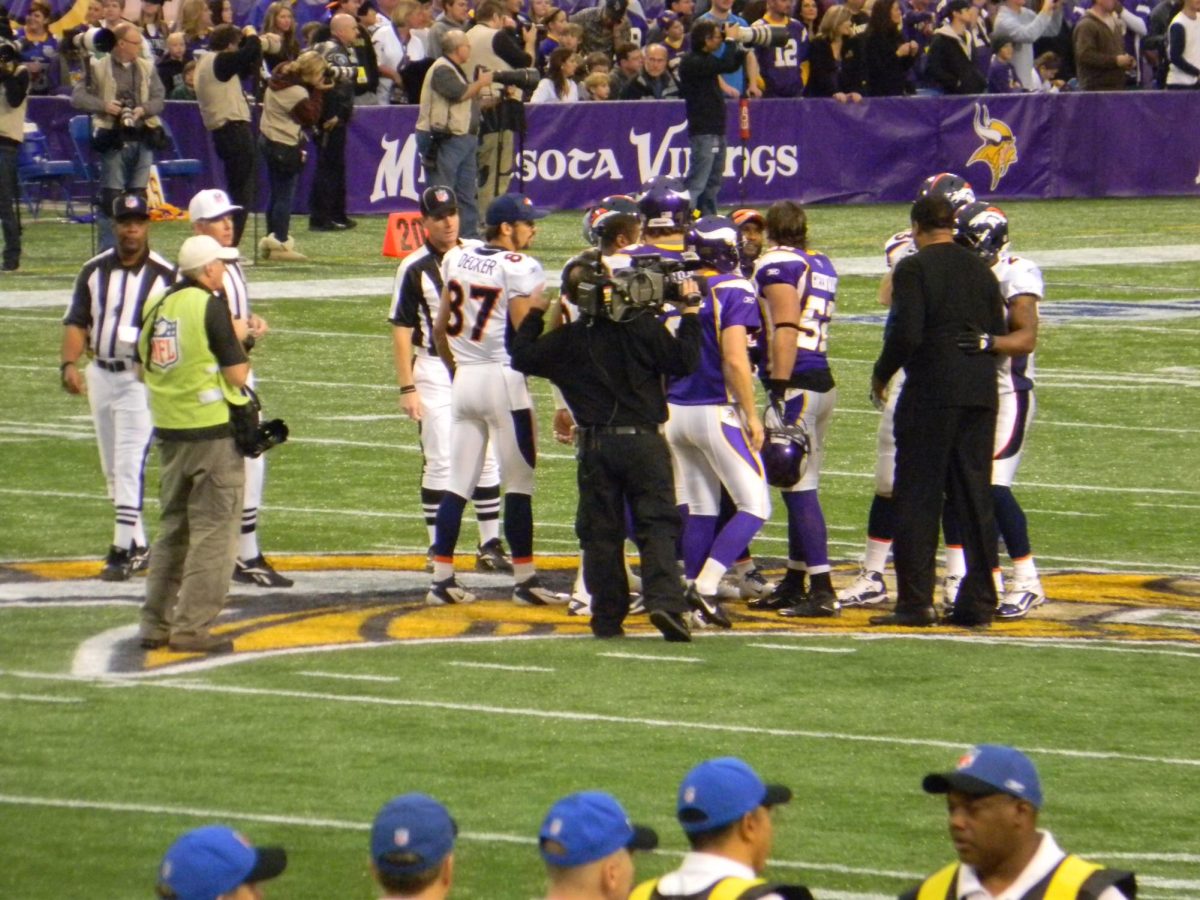
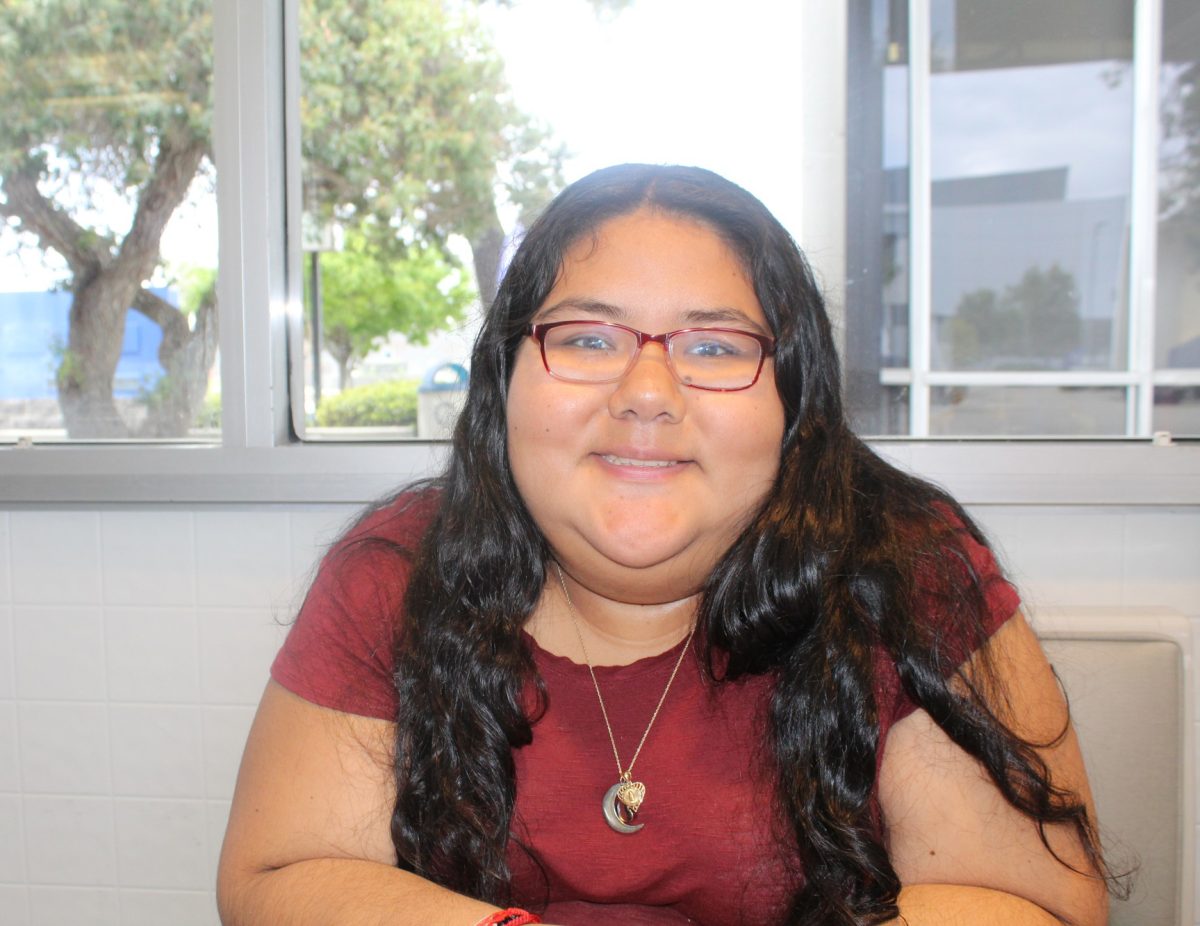







ALLEN FORSYTHE • Dec 9, 2020 at 6:51 pm
At your convenience, please, review the websites below . Have a nice winter vacation and happy holidays.
https://imprimis.hillsdale.edu/sensible-compassionate-anti-covid-strategy/
https://flattenthefear.com/